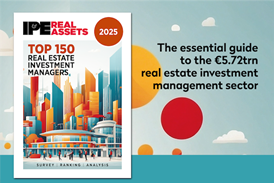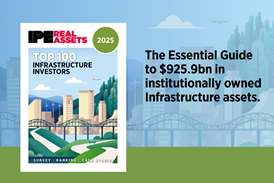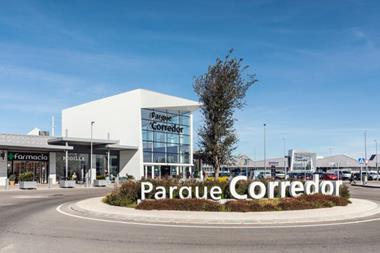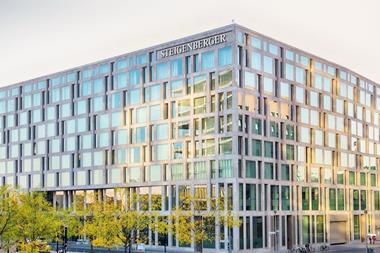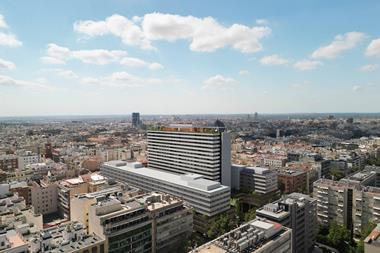German asset manager Union Investment aims to invest around €300 mln on behalf of its infrastructure fund, UniInstitutional Infrastruktur SICAV-SIF, in 2014.
German asset manager Union Investment aims to invest around €300 mln on behalf of its infrastructure fund, UniInstitutional Infrastruktur SICAV-SIF, in 2014.
The investment is part of a plan to grow the fund to €800 mln within the next three years, Christoph Schumacher, a member of the management team at Union Investment Institutional Property, which acts as investment adviser to the fund, told PropertyEU.
‘The investment remit of the fund is Germany, France, the UK and Ireland. However, should the situation arise and the energy market design turn out to be reliable, we might also invest in Poland and the Nordics,’ Schumacher said. Further fund launches could also be on the cards, he added: ‘We could also imagine extending our portfolio of infrastructure funds within the next two to three years.’
Union Investment announced at end-October that it had diversified its new infrastructure fund still further by adding wind farms in France and Ireland to the portfolio. The two onshore wind farms are located in Greneville en Beauce, France, and Gibbet Hill, County Wexford, in Ireland. The French wind farm was acquired from VSB Energies Nouvelles, a subsidiary of Dresden-based WSB Group. The Gibbet Hill farm was acquired from Wiesbaden-based ABO Wind.
Following the acquisitions, the fund now holds four European wind farms worth a combined €143 mln. Union Investment plans to have the next closing for its infrastructure fund in the first quarter of 2014 and hopes to raise up to €200 mln.
In addition, the aim is to increase the fund’s exposure to photovoltaic plants, Schumacher said. ‘Currently, the fund invests 100% in onshore wind farms but the goal is to reduce that to 70% and to allocate 30% to photovoltaic plants,’ he added. ‘The first solar park will probably be transferred to holdings sometime this year.’
To date, German institutional investors such as pension funds and church-led capital have invested in the fund, which has a target IIR in excess of 6% per year over a 15-year period, Schumacher said. Investors are attracted by infrastructure’s stable dividends and diversification opportunities, he added.
While infrastructure is still in its infancy as an asset class in Europe (none of the advisory firms contacted collated data on infrastructure), its performance in other geographical markets shows why it is garnering investor interest. According to the IPD in the UK, unlisted infrastructure funds delivered a total return of 16.2% (before management fees), based on the IPD Australia Quarterly Unlisted Infrastructure Index, released on 30 October for the quarter ending 30 September 2013.
Moreover, in a 10-year period to end-September 2013, unlisted infrastructure funds in the country outperformed all other asset classes, posting an annualised average return of 12.9% per year. As such, infrastructure only experienced a ‘mild downside’ during the financial crisis, unlike many other asset classes, whereby values fell sharply.
The IPD is currently discussing the expansion of its infrastructure indices globally in 2014.
